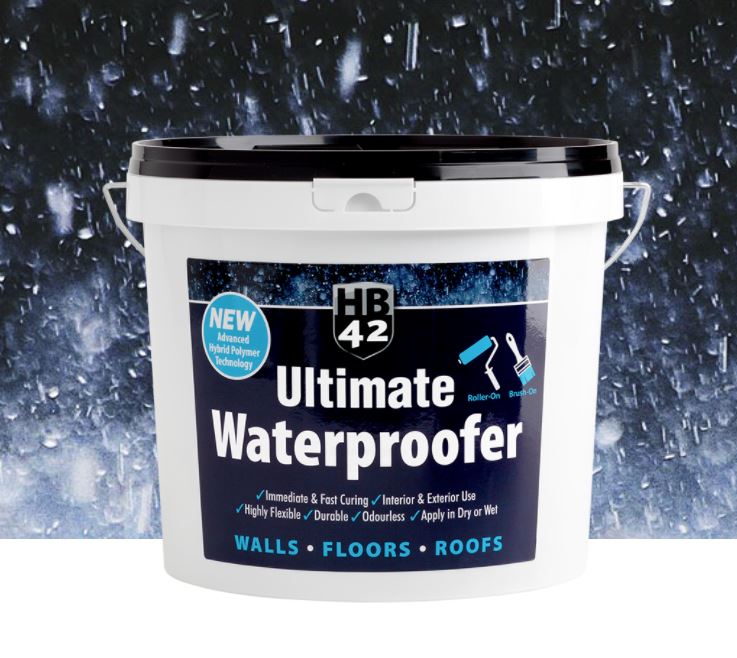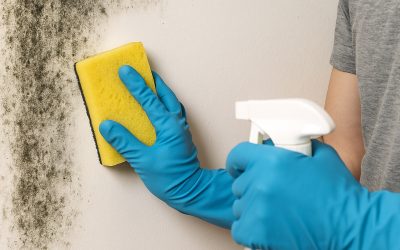What Is Rising Damp and How to Tackle It
Rising damp is one of those problems that can creep up—literally. It’s a common issue in older properties and, if left untreated, it can cause serious damage to plaster, brickwork and even the structure of a building. Understanding what rising damp is, how to identify it, and the right way to treat it will help you keep your home healthy and dry. It is incredibly important for people’s respiratory health to live in a dry home; Awaab’s Law, introduced by the government, is a new regulation that is designed to protect people’s health that live in damp homes. Under new regulations for social housing in England, landlords are now legally required to investigate and fix serious damp or mould problems quickly. Emergency issues must be looked at within 24 hours, while other significant cases must be investigated within 10 working days and repaired within a further 5 days.
What Is Rising Damp?
Rising damp occurs when moisture from the ground travels up through the walls or floor by capillary action. Most modern buildings are protected by a damp-proof course (DPC) – a barrier layer that prevents water from rising. However, in older properties this barrier may be missing, damaged, or compromised, allowing water to move upward into internal walls.
Common causes of rising damp:
- A missing or deteriorated damp-proof course
- High ground levels bridging the DPC
- Poor drainage around the property
- Blocked air bricks or inadequate ventilation
- Porous or damaged brickwork and mortar
Signs of Rising Damp
Knowing the rising damp signs to look out for can save you time, money and potential structural headaches. Here are the main indicators:
- Tide marks or staining on internal walls, usually up to one metre high
- Peeling paint or bubbling plaster
- Salts and white powdery deposits on walls or floors
- Damp, musty smell in affected areas
- Black mould growth, particularly near skirting boards
- Crumbling skirting boards or decayed timber
If you notice rising damp on internal walls, it’s worth investigating further before the problem spreads.
Treating Rising Damp
When it comes to treating rising damp, the best approach depends on the cause and extent of the problem.
Step 1: Identify and fix the source
Before tackling symptoms, make sure the damp isn’t due to leaking pipes, overflowing gutters, or condensation issues. Rising damp will only return if the moisture source remains.
Step 2: Consider temporary DIY fixes
While waiting for a professional diagnosis, you can take steps to limit damage:
- Use antifungal or anti-mould paint to help prevent mould regrowth. You can also view our No-nonsense guide
- Improve ventilation with extractor fans or air bricks
- Keep furniture away from affected walls to improve airflow
- Use a dehumidifier to reduce moisture in the air
These measures can help manage the issue short-term, but a rising damp treatment should address the root cause.
Step 3: Professional rising damp treatment
Professional damp proofers can install a chemical damp-proof course, inject damp-proof cream, or apply tanking systems to seal walls and floors—depending on the location and severity.
How to Avoid Rising Damp in Different Areas
Cellars and Basements
Basements and cellars are naturally prone to damp because they sit below ground level.
Prevention tips:

- Invest in basement waterproofing or tanking systems
- Apply cementitious coatings to seal walls
- Improve drainage around external walls
- Use a dehumidifier and ventilation system to manage humidity
Garages
Garages often lack heating or insulation, making them damp hotspots.
Prevention tips:
- Check that the floor slab has a damp-proof membrane
- Apply a concrete sealer to floors
- Keep doors and vents clear to encourage airflow
Internal Rooms
Rising damp internal wall issues usually occur when the DPC is damaged or bridged.
Prevention tips:
- Check for raised flower beds or paving that sit above the DPC
- Maintain exterior pointing and mortar
- Keep walls ventilated and regularly inspect for cracks or peeling paint
Bathrooms
Bathrooms generate lots of moisture, so it’s easy to mistake condensation for rising damp.
Prevention tips:
- Install an extractor fan or ventilation system
- Wipe down wet surfaces after showers
- Use anti-mould paint and keep grout in good condition
Learn more about how to prevent mould on walls

Upstairs Rooms
True rising damp rarely affects upstairs rooms because it comes from ground moisture. If you see damp patches higher up, it’s more likely a leak or condensation issue. However, it’s worth checking for roof or gutter damage.
When to Call a Professional
If the damp persists despite your DIY efforts, or if you’re unsure of the cause, it’s time to contact a professional damp proofer. They can diagnose the problem properly, recommend the best rising damp treatment, and ensure your property stays protected long-term.
In Summary
Rising damp can start small but quickly lead to bigger problems if ignored. By recognising the signs of rising damp, understanding how to treat rising damp, and taking preventative steps in key areas like cellars, garages, and bathrooms, you can protect your property and your health.









0 Comments